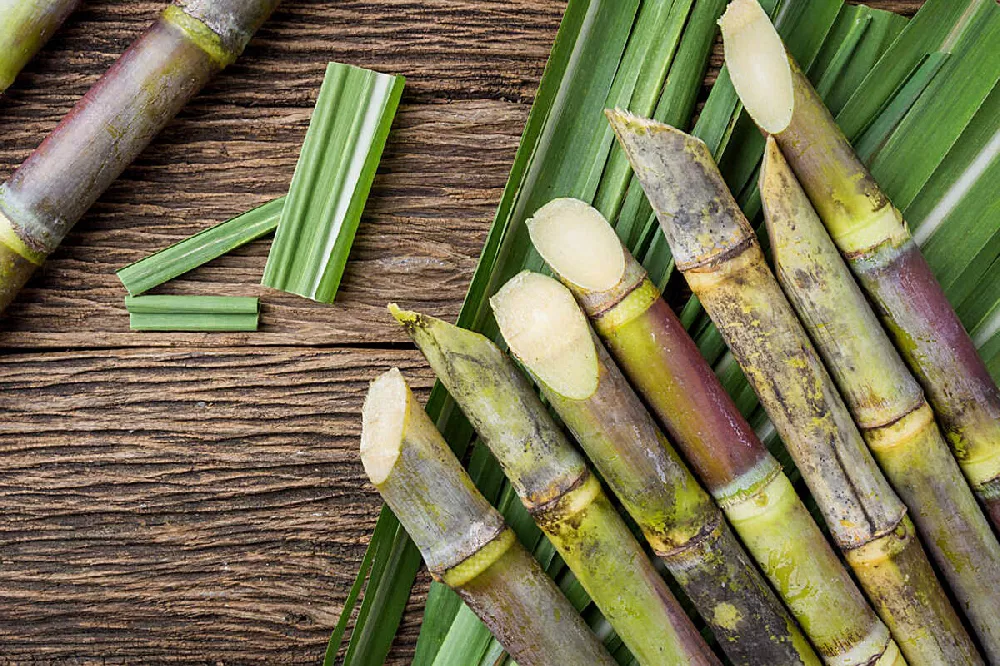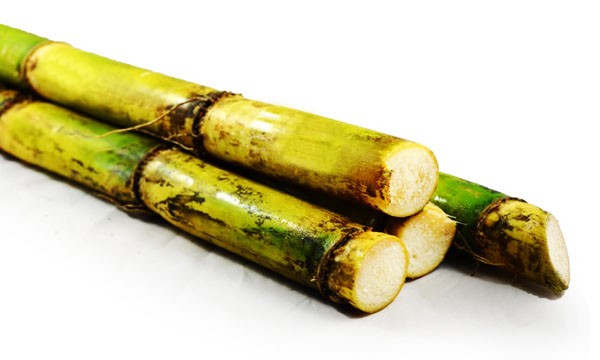Comprehending the Crucial Methods and Technologies Employed in Modern Walking Stick Sugar Handling
The development of walking cane sugar processing has actually been considerably formed by the integration of sophisticated strategies and technologies that attend to both efficiency and sustainability. Enzyme-assisted extraction and advanced refining approaches have changed return optimization, while automation facilitates operational reliability. In addition, the emphasis on sustainable practices reflects an expanding recognition of ecological impact. As we check out these critical developments, it ends up being important to analyze exactly how they not only improve manufacturing yet additionally align with broader market patterns and customer needs, questioning concerning the future of sugar handling and its implications for global markets.
Historical Context of Cane Sugar Handling
The historic context of walking stick sugar processing discloses an abundant tapestry of farming technology and cultural exchange that has formed its development over centuries. Coming From Southeast Asia, sugarcane was cultivated as early as 8000 BCE - Cane Sugar Processing. The procedure of improving and drawing out sugar got momentum in India, where approaches for condensation were refined around the sixth century. This knowledge went across to the Middle East, and by the 12th century, sugar became a valued commodity in Europe, bring about the facility of sugar plantations in the Mediterranean.

Advanced Removal Strategies
Performance in walking stick sugar removal has actually seen substantial improvements, driven by the need for greater returns and lower production prices. Conventional approaches have progressed, offering way to cutting-edge technologies that improve the effectiveness of the removal process. One significant advancement is the use of enzyme-assisted removal, in which specific enzymes break down cell walls and release even more sucrose from the walking cane fibers. This technique not only boosts sugar return yet also minimizes the power needed for handling.
Furthermore, the fostering of membrane layer purification modern technologies, such as nanofiltration and turn around osmosis, has actually changed the separation of sugar from impurities. These methods permit for the selective permeation of sugar molecules while keeping bigger impurities, streamlining the extraction procedure and decreasing waste.
Moreover, the integration of continuous extraction systems has actually caused enhanced functional effectiveness. Cane Sugar Processing. These systems maintain a constant circulation of walking cane product, making sure ideal extraction conditions and decreasing downtime related to batch handling
Innovative Refining Technologies
Refining techniques in cane sugar handling have actually gone through a transformative shift, driven by the need for greater pureness and improved item quality. Among the most remarkable technologies is the fostering of membrane layer filtration modern technologies, such as ultrafiltration and nanofiltration. These processes properly eliminate contaminations and colorants without the requirement for extensive chemical therapies, consequently preserving the sugar's natural taste and enhancing its charm.
Another considerable innovation is making use of ion exchange resins, which enable selective removal of undesirable ions from sugar solutions. This innovation not just boosts the overall purity of the last item but likewise adds to reduced waste and environmental effect.
In addition, innovations in adsorption techniques, using turned on carbon and various other sophisticated materials, have verified reliable in decolorizing sugar solutions while preserving optimum top quality. The integration of these innovative refining innovations guarantees that makers can generate polished sugar with premium clarity and taste, meeting the advancing preferences of consumers.
Automation and Control Systems
Recent developments in refining innovations have actually led the method for substantial renovations in automation and control systems within walking cane sugar handling centers. These systems make use of innovative software program and equipment to enhance operational efficiency, reduce human error, and ensure consistent item top quality.
Modern automation incorporates different components, consisting of sensing units, actuators, and programmable logic controllers (PLCs), allowing real-time surveillance and control of critical processes. For circumstances, temperature level, circulation, and pressure rates can be specifically controlled during extraction, clarification, and formation phases, optimizing efficiency and lessening waste.
Additionally, advanced information analytics and artificial intelligence algorithms play a crucial duty in predictive upkeep, enabling operators to anticipate tools failures prior to they happen. This proactive approach not just reduces downtime yet additionally extends the life-span of machinery.
Furthermore, automation helps with the execution of Market 4.0 principles, equipping sugar mills to achieve higher connectivity and data exchange throughout processes. As an outcome, decision-making becomes even more agile and educated, eventually boosting the overall competition of cane sugar manufacturing. With company website these developments, the sector is well-positioned to meet growing worldwide needs while maintaining functional quality.
Sustainability Practices in Sugar Production
Sustainability methods in sugar manufacturing have come to be progressively crucial as the industry looks for to stabilize financial practicality with environmental duty. As consumer understanding expands pertaining to the environmental impacts of agricultural techniques, sugar manufacturers are adopting innovative methods to lower their ecological footprint.
One considerable strategy is the execution of precision agriculture techniques, which use information analytics to maximize source usage, such as water and plant foods. This reduces waste and decreases the influence on local environments. In addition, many producers are transitioning to renewable resource sources, such as biomass from sugarcane byproducts, to power their procedures, thereby decreasing reliance on fossil fuels.
Water management practices are likewise vital; rainwater click here for more harvesting and efficient irrigation systems help mitigate water deficiency concerns. Cane Sugar Processing. In addition, incorporated bug administration methods decrease chemical usage, advertising biodiversity and soil wellness
Business social obligation efforts are emerging, with companies purchasing neighborhood areas and making certain reasonable labor practices. By embracing these sustainability methods, the sugar market not only boosts its online reputation yet likewise adds to an extra lasting farming landscape, leading the way for future generations.

Conclusion
In recap, contemporary walking stick sugar processing includes a variety of advanced strategies and innovations that substantially improve return, effectiveness, and sustainability. Collectively, these advancements place the cane sugar sector to meet modern needs while attending to vital global difficulties.
The evolution of walking cane sugar processing has actually been significantly formed by the assimilation of sophisticated strategies and innovations that address both effectiveness and sustainability.The historic context of cane sugar processing discloses a rich tapestry of farming advancement and cultural exchange that has actually formed its development over centuries. Technologies in milling and refining emerged, laying the groundwork for modern-day cane sugar handling.Refining strategies in cane sugar handling have actually undergone a transformative change, driven by the need for higher pureness and improved product top quality.In summary, click to read more modern-day cane sugar handling includes a variety of innovative techniques and technologies that significantly improve sustainability, return, and performance.
Comments on “Effective Cane Sugar Processing: Maximizing Return and Pureness”